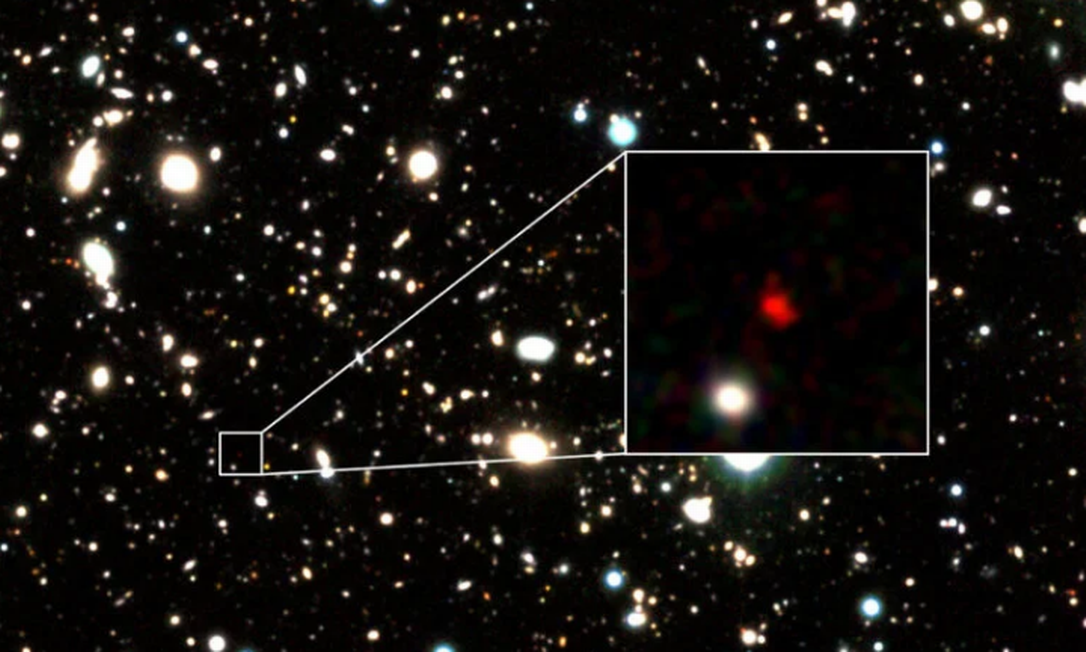Enter the fascinating world of space telescopes. Open since the mid-20th century, these windows to the stars have radically changed our perception of the universe, uncovering unfathomable mysteries and transforming astronomy into a truly cosmic science.
In this text, we will explore in depth how these instruments have revolutionized our understanding of the cosmos. We will talk about their origins, their technological evolution, and how they have expanded our frontiers of knowledge. You will be amazed at how these eyes in the sky have influenced the way we see and understand our place in the universe.
You'll discover how space telescopes have helped answer some of humanity's deepest questions: How did galaxies form? What is dark energy? Are we alone in the universe? But they have also raised new questions, constantly challenging our curiosity and our imagination.
We will also reveal how these spacecraft have contributed to advances in multiple scientific disciplines. From physics to chemistry, astrobiology and materials science. Space observation has had an incalculable impact on our society and culture, changing the way we see and understand the world.
In short, get ready for a fascinating journey through the history and achievements of space telescopes. An adventure where science and technology come together to take us beyond the stars. Are you ready to begin? 🚀
Space Telescopes and Their Technological Advances
The world of space telescopes is fascinating and revolutionary in our understanding of the universe. Through innovative technological advances, these instruments have allowed scientists to obtain a clear and detailed view of distant galaxies, stars, planets and other celestial bodies.

Advances in Space Telescope Technology
Space telescopes incorporate cutting-edge technology to enhance their ability to observe the universe. Listed below are some of the most significant technological advances:
- Mirror Technology: Mirrors are a fundamental part of space telescopes. Current technology allows for the manufacture of ultra-light and extremely smooth mirrors that can capture high-resolution images of distant celestial bodies.
- Advanced Sensors: Space telescopes are equipped with advanced sensors that can detect light in different wavelengths, from gamma rays to radio waves. This allows scientists to study different aspects of the universe.
- Cooling Technology: Space telescopes use cooling technology to reduce thermal noise and increase the sensitivity of instruments.
How Space Telescopes Have Changed Our Understanding of the Universe
Space telescopes have revolutionized our understanding of the universe in several ways:
Discovery of New Planets
Space telescopes, such as Kepler and TESS, have been instrumental in the discovery of exoplanets. These telescopes look for tiny oscillations in the brightness of stars, indicating the presence of a planet orbiting the star.
Study of Distant Galaxies
Space telescopes have allowed us to observe very distant galaxies. This has helped us to better understand the evolution of the universe and the formation of galaxies.

Observation of Cosmic Phenomena
Space telescopes have made it possible to observe cosmic phenomena such as supernovae, quasars and black holes. These discoveries have provided valuable information about the physics of the universe.
Famous Space Telescopes
Some of the most famous and revolutionary space telescopes are:
- Hubble Space Telescope: Launched in 1990, Hubble has revolutionized astronomy with its stunning images of the universe. Despite initial challenges with its optics, Hubble has made observations that have led to significant advances in our understanding of the universe.
- Kepler Space Telescope: Kepler has been instrumental in the discovery of exoplanets. Since its launch in 2009, it has identified more than 2,600 confirmed planets outside our solar system.
- James Webb Space Telescope: The next James Webb promises to take observation of the universe to a new level with its advanced technology and ability to observe in the infrared.
As technology continues to advance, we can expect space telescopes to continue to revolutionize our understanding of the universe in the years to come.
Conclusion
In conclusion, the fascinating world of space telescopes and their technological advancements have completely revolutionized our understanding of the universe. Through sophisticated mirrors, advanced sensors, and innovative cooling technology, these instruments have allowed us to observe distant galaxies, stars, planets, and other celestial bodies with unprecedented clarity and precision.
Space telescopes such as Hubble, Kepler, and the upcoming James Webb, have played a crucial role in discovering exoplanets, studying distant galaxies, and observing cosmic phenomena. Hubble, for example, has provided stunning images and made significant discoveries that have expanded our understanding of the universe.
Furthermore, by detecting tiny fluctuations in the brightness of stars, we have been able to discover new planets orbiting distant stars, which has revolutionized the search for extraterrestrial life.
It is therefore clear that space telescopes have transformed our understanding of the cosmos and will continue to do so in the future. As technology continues to advance, we can expect these space telescopes to continue to unravel the mysteries of the universe and change the way we view our place in it.
Ultimately, space telescopes are indispensable tools for modern astronomy and will continue to push the boundaries of our knowledge in the years to come.



